"Arengga Civet Coffee." Espresso & Coffee Guide. Retrieved August 7, 2014.
- Available at: http://www.espressocoffeeguide.com/gourmet-coffee/asian-indonesian-and-pacific-coffees/civet-coffee/philippine-civet-coffee/arengga-civet-coffee/
"The Asian Palm Civet." Espresso & Coffee Guide. Retrieved August 7, 2014.
- Available at: http://www.espressocoffeeguide.com/gourmet-coffee/asian-indonesian-and-pacific-coffees/civet-coffee/the-asian-palm-civet/
"Association of Indonesian Coffee Luwak Farmers." Espresso & Coffee Guide. Retrieved August 7, 2014.
- Available at: http://www.espressocoffeeguide.com/gourmet-coffee/asian-indonesian-and-pacific-coffees/civet-coffee/indonesian-civet-coffee/association-of-indonesian-coffee-luwak-farmers/
"Bantai Civet Coffee and the Wild Civet Conservation Project." Espresso & Coffee Guide. Retrieved August 7, 2014.
- Available at: http://www.espressocoffeeguide.com/gourmet-coffee/asian-indonesian-and-pacific-coffees/civet-coffee/philippine-civet-coffee/bantai-civet-coffee-and-the-wild-civet-conservation-project/
"Beware of Fake Civet Coffee." Espresso & Coffee Guide. Retrieved August 7, 2014.
- Available at: http://www.espressocoffeeguide.com/gourmet-coffee/asian-indonesian-and-pacific-coffees/civet-coffee/beware-of-fake-civet-coffee/
"Brewing Civet Coffee." Espresso & Coffee Guide. Retrieved August 7, 2014.
- Available at: http://www.espressocoffeeguide.com/gourmet-coffee/asian-indonesian-and-pacific-coffees/civet-coffee/brewing-civet-coffee/
Carman, Tim. 1 April 2012. "This Sumatran Civet Coffee Is Cra...Really Terrible." The Washington Post. Retrieved August 7, 2014.
- Available at: http://www.washingtonpost.com/blogs/all-we-can-eat/post/this-sumatran-civet-coffee-is-crareally-terrible/2012/01/02/gIQArzolaP_blog.html
"Civet Coffee." Espresso & Coffee Guide. Retrieved August 7, 2014.
- Available at: http://www.espressocoffeeguide.com/gourmet-coffee/asian-indonesian-and-pacific-coffees/civet-coffee/
"Civet Coffee Body, Flavors and Aromatic Qualities." Espresso & Coffee Guide. Retrieved August 7, 2014.
- Available at: http://www.espressocoffeeguide.com/gourmet-coffee/asian-indonesian-and-pacific-coffees/civet-coffee/civet-coffee-body-flavors-and-aromatic-qualities/
"Civet Coffee FAQ I - Kopi Luwak / Kape Alamid." Espresso & Coffee Guide. Retrieved August 7, 2014.
- Available at: http://www.espressocoffeeguide.com/gourmet-coffee/asian-indonesian-and-pacific-coffees/civet-coffee/civet-coffee-faq-i-kopi-luwak-kape-alamid/
"Civet Coffee FAQ II - Kopi Luwak / Kape Alamid." Espresso & Coffee Guide. Retrieved August 7, 2014.
- Available at: http://www.espressocoffeeguide.com/gourmet-coffee/asian-indonesian-and-pacific-coffees/civet-coffee/civet-coffee-faq-ii-kopi-luwak-kape-alamid/
"Civet Coffee From Tree to Cup." Espresso & Coffee Guide. Retrieved August 7, 2014.
- Available at: http://www.espressocoffeeguide.com/gourmet-coffee/asian-indonesian-and-pacific-coffees/civet-coffee/civet-coffee-from-tree-to-cup/
"Civet Coffee -- What Happens to the Bean in the Civet's Stomach?" Espresso & Coffee Guide. Retrieved August 7, 2014.
- Available at: http://www.espressocoffeeguide.com/gourmet-coffee/asian-indonesian-and-pacific-coffees/civet-coffee/civet-coffee-what-happens-to-the-bean-in-the-civet%E2%80%99s-stomach/
"Civet Coffees Around the World." Espresso & Coffee Guide. Retrieved August 7, 2014.
- Available at: http://www.espressocoffeeguide.com/gourmet-coffee/asian-indonesian-and-pacific-coffees/civet-coffee/civet-coffees-around-the-world/
"Cluwak -- Tasting Is Believing." Cluwak. Australia, Dubai, Indonesia, Singapore. Retrieved August 7, 2014.
- Available at: http://cluwak.com/kopi-luwak-cluwak-aboutus
Communications and Public Affairs. 26 November 2002. "Kopi Luwak Coffee Safe, U of G Study Finds." University of Guelph Campus News. Ontario, Canada. Retrieved August 7, 2014.
- Available at: http://www.uoguelph.ca/news/archives/002065.html
"Get Active: Civets Suffers for Vile Kopi Luwak Coffee." PETA Asia-Pacific Investigation. People for the Ethical Treatment of Animals. Retrieved August 7, 2014.
- Available at: http://action.petaasiapacific.com/ea-action/action?ea.client.id=110&ea.campaign.id=22769
Goodwin, Lindsey. "What Is Cat Coffee?" About.com: Food > Coffee/Tea > Glossary of Coffee, Tea, Tisane & Hot Chocolate Terms > Coffee Glossary. Retrieved August 7, 2014.
- Available at: http://coffeetea.about.com/od/coffeebasics/f/CatCoffee.htm
Hetzel, Andrew. 7 December 2011. "Kopi Luwak: Curiosity Kills the Civet Cat." Coffee Strategies: Better Coffee for Better Business. CafeMakers, LLC. Retrieved August 7, 2014.
- Available at: http://www.coffeestrategies.com/2011/12/07/kopi-luwak-curiosity-kills-civet-cats
"Indo Civet Coffee - Kopi Luwak." Indo Civet Coffee. Retrieved August 7, 2014.
- Available at: http://www.indocivetcoffee.com/
"Indonesian Civet Coffee." Espresso & Coffee Guide. Retrieved August 7, 2014.
- Available at: http://www.espressocoffeeguide.com/gourmet-coffee/asian-indonesian-and-pacific-coffees/civet-coffee/indonesian-civet-coffee/
"Kopi Luwak Civet Cat Coffee." Sea Island Coffee: Browse Estates. Knightsbridge, London, England: Sea Island Coffee Ltd. Retrieved August 7, 2014.
- Available at: http://www.seaislandcoffee.com/browse-estates/kopi-luwak-coffee.html
"Kopi Luwak Coffee." Dean & DeLuca. Retrieved August 7, 2014.
- Available at: http://www.deandeluca.com/kopi-luwak-gourmet-coffee.aspx
"The Kopi Luwak Story." Raven's Brew Coffee, Inc. Retrieved August 7, 2014.
- Available at: http://ravensbrew.com/NewFiles/kopiluwak.html
Kubota, Lily. 2 November 2011. "The Value of a Good Story, Or: How to Turn Poop into Gold." The Specialty Coffee Chronicle Digital Edition: A Publication of the Specialty Coffee Association of America. Retrieved August 7, 2014.
- Available at: http://www.scaa.org/chronicle/2011/11/02/the-value-of-a-good-story-or-how-to-turn-poop-into-gold/
Lee, Hyon Jung. 20 July 2006. "Most Expensive Coffee." Forbes. Retrieved August 7, 2014.
- Available at: http://www.forbes.com/2006/07/19/priciest-coffee-beans_cx_hl_0720featA_ls.html
"Legendee and Kopi Luwak: The Legend of the Weasel." Trung Nguyen Online. Medford, Massachusetts. Retrieved August 7, 2014.
- Available at: http://www.trung-nguyen-online.com/legendee.html
"Luwak Coffee." Animalcoffee. Indonesia: CV Kopi Binatang (Indonesia); and Australia: Animalcoffee Pty Ltd. Retrieved August 7, 2014.
- Available at: http://animalcoffee.com/
Lynn, Guy; and Rogers, Chris. 13 September 2013. "Civet Cat Coffee's Animal Cruelty Secrets." BBC News. Retrieved August 7, 2014.
- Available at: http://www.bbc.com/news/uk-england-london-24034029
"The Many Names of the Asian Palm Civet." Espresso & Coffee Guide. Retrieved August 7, 2014.
- Available at: http://www.espressocoffeeguide.com/gourmet-coffee/asian-indonesian-and-pacific-coffees/civet-coffee/the-asian-palm-civet/the-many-names-of-the-asian-palm-civet/
Marcone, Massimo F. 2004. "Composition and Properties of Indonesian Palm Civet Coffee (Kopi Luwak) and Ethiopian Civet Coffee." Food Research International 37(9):901-912.
Marcone, Massimo F. March 2005. "Corrigendum to'Composition and Properties of Indonesian Palm Civet Coffee (Kopi Luwak) and Ethiopian Civet Coffee'." Food Research International 38(2):233.
Marshall, M.R. "Quality Enhancement of Coffee Beans by Acid and Enzyme Treatment." USDA Research, Education & Economics Information System. Washington, D.C.: United States Department of Agriculture. Retrieved August 7, 2014.
- Available at: http://www.reeis.usda.gov/web/crisprojectpages/0208321-quality-enhancement-of-coffee-beans-by-acid-and-enzyme-treatment.html
McGeown, Kate. 1 May 2011. "Civet Passes on Secret to Luxury Coffee." BBC News Asia-Pacific. Retrieved August 7, 2014.
- Available at: http://www.bbc.co.uk/news/world-asia-pacific-12959381
Milman, Oliver. 19 November 2012. "World's Most Expensive Coffee Tainted by 'Horrific' Civet Abuse." The Guardian: The Environment/Food. Retrieved August 7, 2014.
- Available at: http://www.theguardian.com/environment/2012/nov/19/civet-coffee-abuse-campaigners
"Old Labels Have New Meanings." Coffee. National Geographic Society. Retrieved August 7, 2014.
- Available at: http://www.nationalgeographic.com/coffee/article3.html
Onishi, Norimitsu. 17 April 2010. "From Dung to Coffee Brew With No Aftertaste." The New York Times: Asia Pacific. Retrieved August 7, 2014.
- Available at: http://www.nytimes.com/2010/04/18/world/asia/18civetcoffee.html?pagewanted=all&_r=0
"The Origins of Luwak Coffee." Kopi Luwak Guru. Singapore. Retrieved August 7, 2014.
- Available at: http://www.kopiluwakguru.com/
Paajanen, Sean. "Kopi Luwak: Not Just an Urban Legend." About.com: Food > Coffee/Tea > Kinds of Coffee. Retrieved August 7, 2014.
- Available at: http://coffeetea.about.com/cs/kindsofcoffee/a/aakopiluwak.htm
Penha, J. 4 August 2012. "Excreted by Imprisoned Civets, Kopi Luwak no Longer a Personal Favorite." Jakarta Globe: Archive. Retrieved August 7, 2014.
- Available at: http://www.thejakartaglobe.com/archive/excreted-by-imprisoned-civets-kopi-luwak-no-longer-a-personal-favorite/535098/
"Philippine Civet Coffee." Espresso & Coffee Guide. Retrieved August 7, 2014.
- Available at: http://www.espressocoffeeguide.com/gourmet-coffee/asian-indonesian-and-pacific-coffees/civet-coffee/philippine-civet-coffee/
Shepherd, Chris. December 2012. "Observations of Small Carnivores in Jakarta Wildlife Markets, Indonesia, with Notes on Trade in Javan Ferrt Badger Melogale orientalis and on the Increasing Demand for Common Palm Civet Paradoxurus hermaphroditus for Civet Coffee Production." Small Carnivore Conservation 47:38–41.
"Simulated Civet Coffee." Espresso & Coffee Guide. Retrieved August 7, 2014.
- Available at: http://www.espressocoffeeguide.com/gourmet-coffee/asian-indonesian-and-pacific-coffees/civet-coffee/simulated-civet-coffee/
Sinclair, Llewellyn. 7 December 2011. "Just Say No to Kopi Luwak." Sprudge Coffee News & Culture. Retrieved August 7, 2014.
- Available at: http://sprudge.com/say-no-to-kopi-luwak.html
Thuot, Buon Me. 15 January 2012. "Coffee in Vietnam." The Economist: Prospero Books, Arts and Culture. Retrieved August 7, 2014.
- Available at: http://www.economist.com/blogs/prospero/2012/01/coffee-vietnam
Ukers, William H. 1922. All About Coffee. New York, NY: The Tea and Coffee Trade Journal Company.
- Available via Project Gutenberg at: http://www.gutenberg.org/files/28500/28500-h/28500-h.htm
"Vietnam Civet Coffee." Espresso & Coffee Guide. Retrieved August 7, 2014.
- Available at: http://www.espressocoffeeguide.com/gourmet-coffee/asian-indonesian-and-pacific-coffees/civet-coffee/vietnam-civet-coffee/
Wild, Tony. 13 September 2013. "Civet Coffee." The Guardian: Lifestyle/Coffee World of Mouth Blog. Retrieved August 7, 2014.
- Available at: http://www.theguardian.com/lifeandstyle/wordofmouth/2013/sep/13/civet-coffee-cut-the-crap


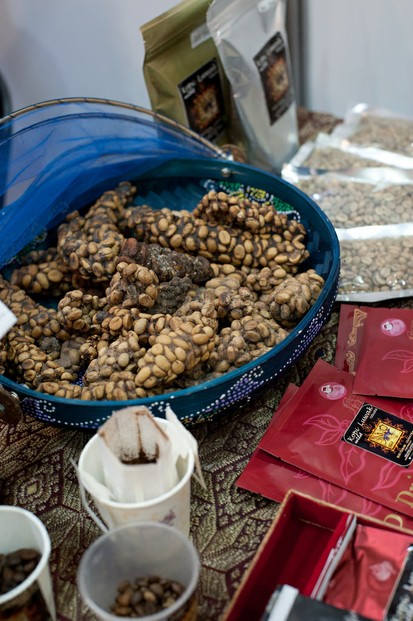
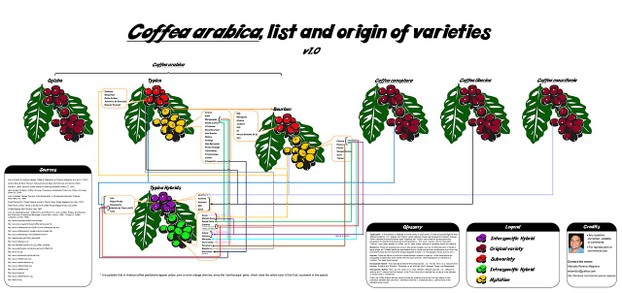
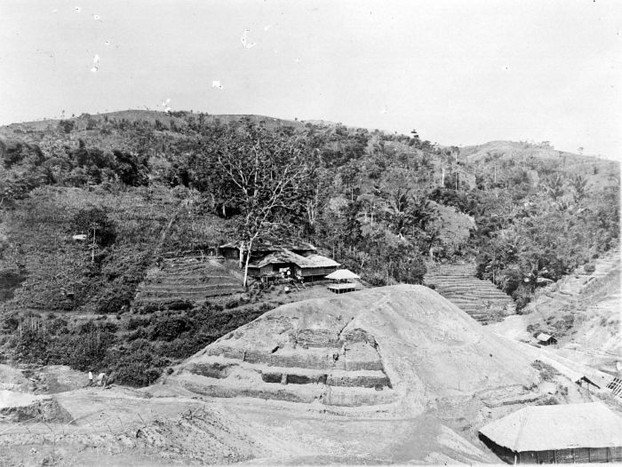
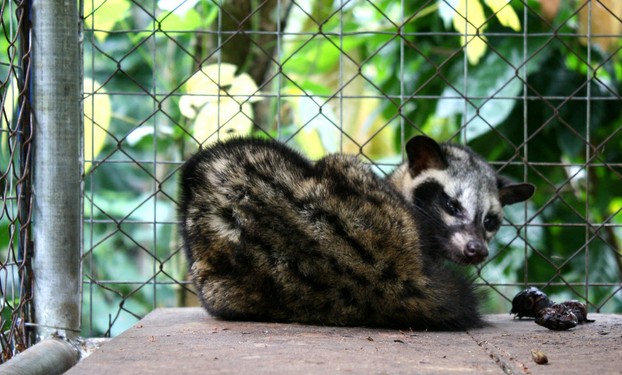
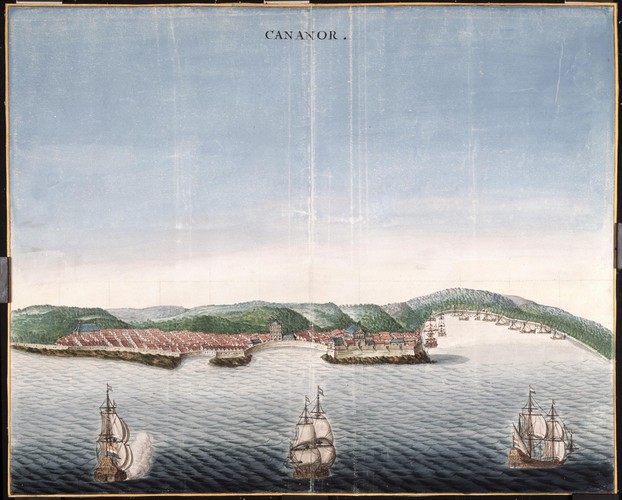
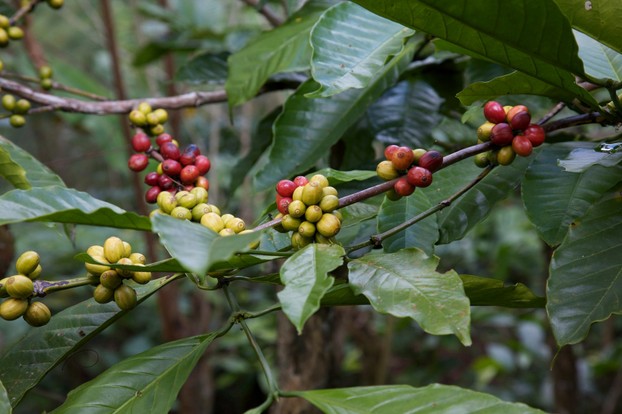
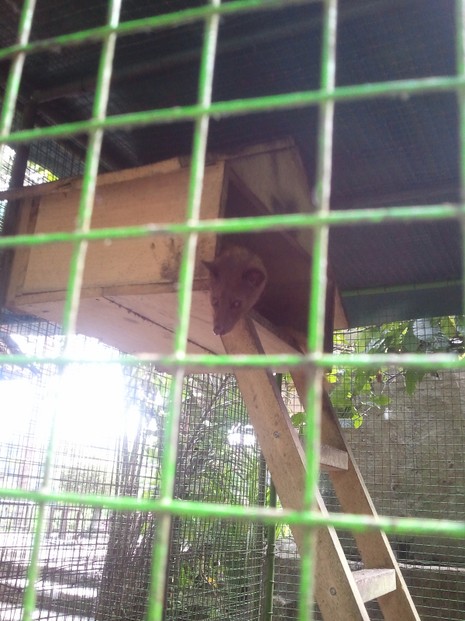
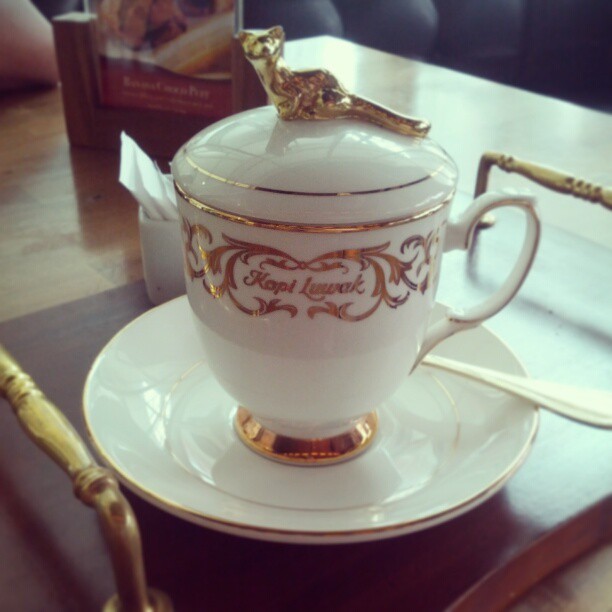
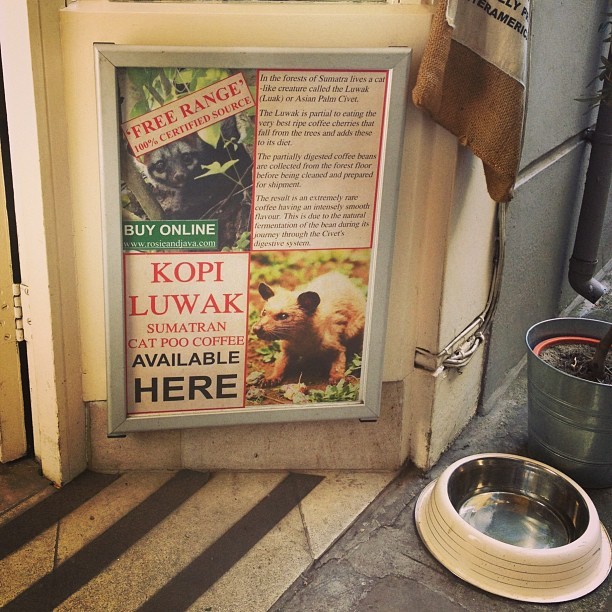
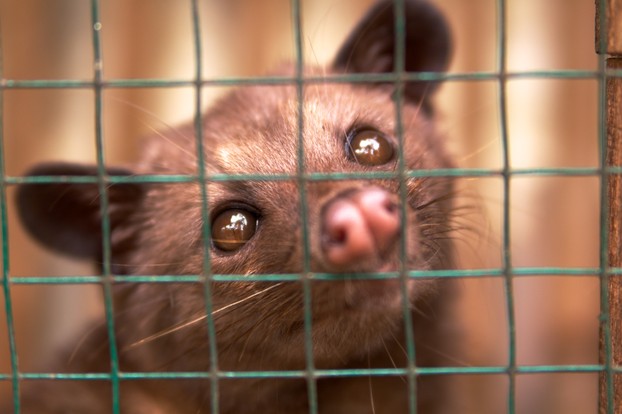





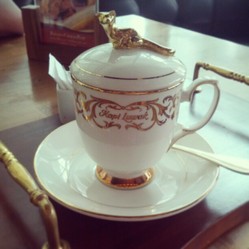

 Are Hawaiian Huakai Po Nightmarchers Avenging Halloween Thursday?on 10/02/2024
Are Hawaiian Huakai Po Nightmarchers Avenging Halloween Thursday?on 10/02/2024
 Mailing Addresses for 2023 Form 4868 Extending 1040 and 1040SR April 15, 2024, Due Dateon 04/15/2024
Mailing Addresses for 2023 Form 4868 Extending 1040 and 1040SR April 15, 2024, Due Dateon 04/15/2024
 Mailing Addresses for 2023 Forms 1040 and 1040SR Filed in 2024on 04/15/2024
Mailing Addresses for 2023 Forms 1040 and 1040SR Filed in 2024on 04/15/2024
 Mailing Addresses for 2022 Form 4868 Extending 1040 and 1040SR April 18, 2023, Due Dateon 04/13/2023
Mailing Addresses for 2022 Form 4868 Extending 1040 and 1040SR April 18, 2023, Due Dateon 04/13/2023

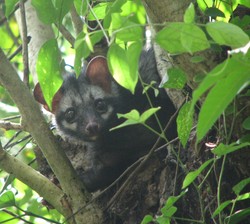
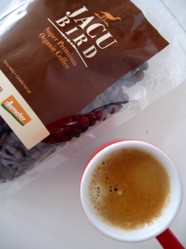
Comments
Animal sentients are affording us such agreeable edibles and potables as civet coffee even as civets ate palm-tree products long afore coffee berries.
Which might they munch if coffee berries and palm pulp materialized afore them?
Not all civet coffee in Vietnam traces to caged civets.
The "Weasel Coffee" product page on Trung Nguyên Coffee website notes the collection of the niche producer's raw civet coffee "entirely from nature," as dropping left on forest floors by free-ranging civets (https://trungnguyencoffeevn.com/produ...).
Kopi luwak acts as one among other such animal sentient-digested, processed and expelled coffee berries and seeds.
Isn't it interesting to invoke the non-animal-affected berries and seeds for imbibing as a cold- ot hot-coffee drink?
For example, mightn't it matter more masterfully to munch meals that manifest non-jacu bird, non-kopi luwak drinks and eats?
The sixth module, between the images "Kannur (English: Cananore), Laccadive Sea port city on southwestern India's Malabar Coast" and "Coffea fruits are known as coffee berries or coffee cherries," ends with the statement that "The native civets switched from favoring palm pulp to relishing coffee berries."
Might eliminated palm pulp matter culintarily and economically at all competitively with coffee berries?
And how might that scent, taste and texture matter in such palm pulp not munched upon by our marvelous civets?
We are acquainted with the beans that are in kopi luwak.
What if we collect the beans the non-kopi luwak way?
Do we know what scent, taste, texture experiences those beans deliver the non-kopi luwak way?
The sixth module, between the images labeled "Kannur (English: Cananore), Laccadive Sea port city on southwestern India's Malabar Coast" and "Coffea fruits are known as coffee berries or coffee sherries," advises us that "The most common back-story for kopi luwak connects the emergence of the drink with Dutch-speaking coffee plantation owners on the Indonesian islands of:
Bali;
Java;
Sumatra.
Colonialists experienced considerable pressure from colleagues and counterparts in the respective European home countries to make economic endeavors super-profitable. Coffee-growers therefore followed policies of allowing native laborers rampant contact with all parts of the coffee shrubs. But at the same time, they let no local workers remove anything for individual or non-plantation uses. The obedient but observant locals probably noticed simultaneous changes in the habits of Asian common palm civets, already appreciated and useful for flesh, fragrance, and fur."
Its last sentence alerts us to the colonialist impact that "The native civets switched from favoring palm pulp to relishing coffee berries."
Can the two food sources, coffee berries and palm pulp, be equivalent in calories, energy and nutrition?
It affords an accurate acquaintance to access this wizzley and the page bottom-, page side-available link to Asian common palm civets.
This wizzley allows us coffee-product appreciation even as the civet wizzley approaches the product source.
Can it not be captivating to cull what other plant parts, such as palm fruits and seeds, could conjure such compelling commerce -- conscientious toward countryside and toward such country sentients as Asian common palm civets -- as that in kopi luwak?
dawnrichard, Fortunately most coffee is processed differently from Kopi Luwak!